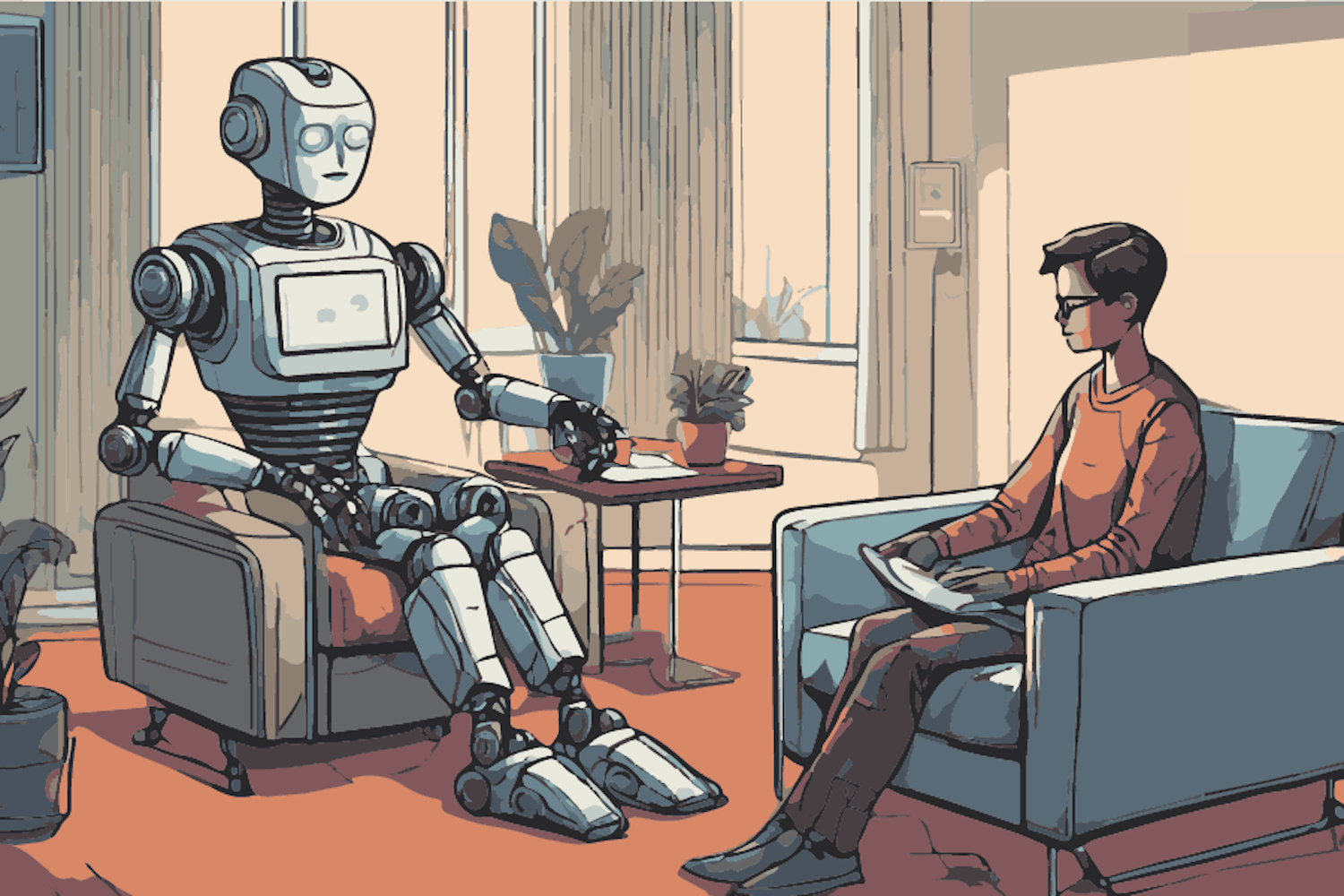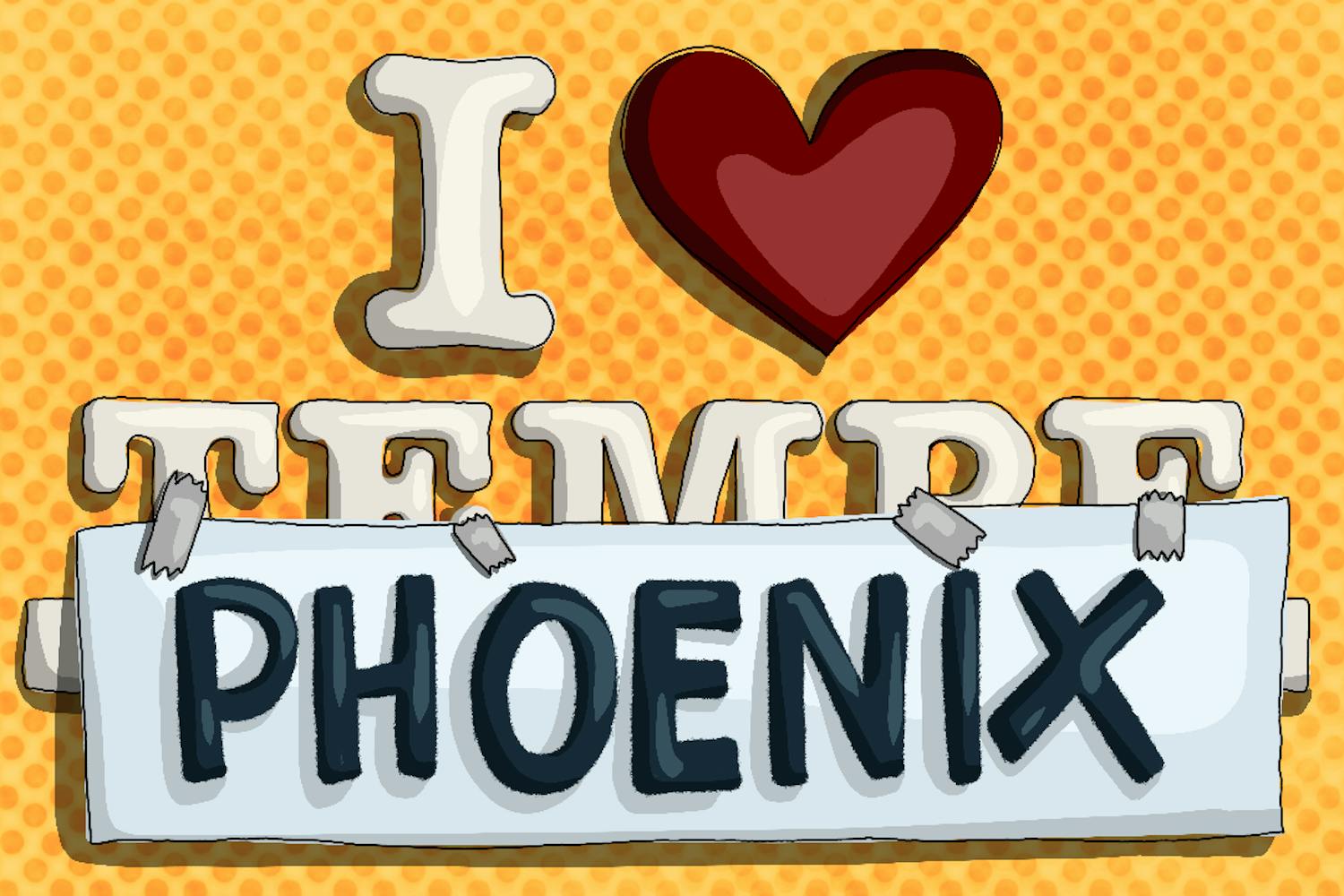The semester is finally ramping up, with many students having their first round of exams this week. If you’ve been cooped up inside studying, unable to pay attention to all the good things happening on the web, then you’re in luck: Here’s another installment of your favorite all-things-internet column.
Last week was huge for Arizona politics. President Barack Obama paid a visit to the Grand Canyon State and Congresswoman Gabrielle Giffords publicly resigned from officer after her triumphant recovery from a near-fatal gunshot to the head. Her resignation resonated strongly with many Arizonans, while previous resignations would only have as big as an impact if scandal were involved.
Gifford’s use of YouTube to announce her departure from Congress was momentous. Not only did it show her embrace of technology, but it gave her a virtually limitless platform to speak to America, not just Arizona. The two-minute video is inspirational, and when I stopped crying (I regret nothing), I was overcome with a sense of determination. Giffords humbly stated, “I will never forget the trust you placed in me to be your voice … I am getting better.” On Jan. 25, she stood in front of Congress and presented her letter of resignation. Finally, she was given a standing ovation, with support from her peers and her constituents.
YouTube not only brings elected officials closer to the voters they represent, but also facilitates conversations between the working class and the political elite. The White House’s YouTube channel partnered with Google+ to allow users to submit video questions to be answered by President Obama. In sort of a virtual town hall, the president had the chance to address real Americans, not just a debate moderator.
This isn’t exactly new; YouTube clips and questions from audience members have been used in GOP and presidential debates for years. However, an event exclusive to YouTube like the presidential interview capitalizes on a tech-savvy audience that can not only grasp the significance of having direct contact with executive powers, but is highly connected online to multiple social media venues. This means sharing. I’m not talking about kindergarten sharing, but the kind that comes from hyperlinks, suggested readings and discussion boards. Democratizing knowledge has become infinitely easier due to the advances made in Internet research, and something as simple as linking an article to your Twitter or Facebook makes a significant impact on your relationships with your friends and contacts. It can create conflict, opposition, garner Facebook “Likes,” but most of all, it gets the conversation going.
You and your friends have something to talk about when you post a link to a video about politics, and learning about our complex legislative system becomes a much more manageable task when boiled down to a 3-minute-long (or 50-minute-long, in the President’s case) video. What’s not to love?
Reach the columnist at aamentze@asu.edu
Click here to subscribe to the daily State Press newsletter.



